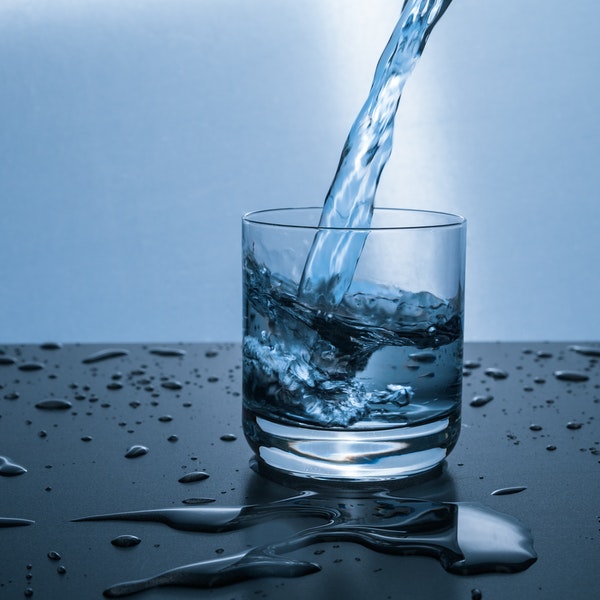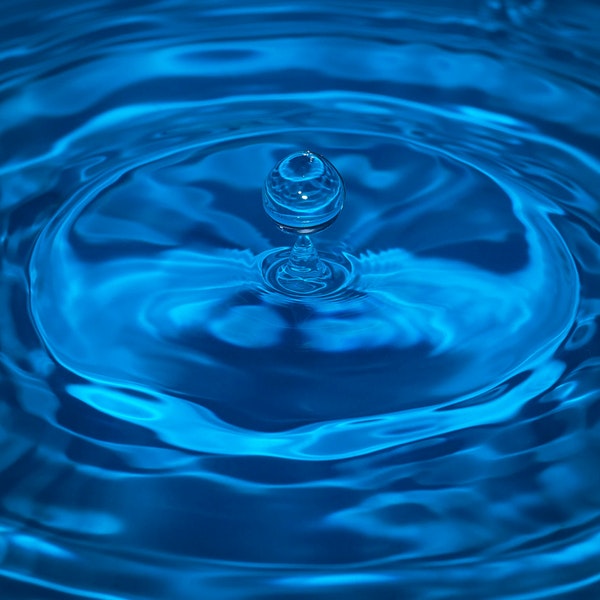Common Water Problems
Water is an odorless and colorless substance in rivers, lakes, streams, seas, and oceans. Made up of billions of molecules, it makes up 70% of the human body. It carries nutrients to all body cells as well as oxygen. Water also flushes out waste and regulates body temperature. Despite its usefulness, it’s plagued by a few problems. In this post, we cover the main water problems.
Quick Menu
Common Problems With Water
When you shower with soap, a sticky film of soap curd will coat your skin. You need to know that soap curd interferes with the return of the skin to normal. In some cases, it may lead to irritation. Despite this, hard water is not a health hazard.
White water is not harmful to your health as maintenance activities in the water supply cause it. Before drinking the water, leave it to stand for a few minutes. The cloudiness will clear from the bottom of the glass upwards.
Is sulfur water safe to drink? The answer is no. While sulfur is a mineral considered a crucial part of a healthy diet. In your drinking water, it can cause dehydration and diarrhea. Besides that, it stains your toilet, sinks, and clothing.
Drinking Water Facts
In the report, experts must include details on the source of water, what contaminants they discovered, and any health effects.


Hidden Costs of Tap Water
Water is a universal solvent. As such, it contains mineral impurities like iron, calcium, and magnesium. These minerals wear out your pipes, appliances, and water heaters. Besides that, the water also increases the cost of repair or replacement of parts.
For example, minerals can build up in the water heater, increasing energy costs. This occurs in two ways. First, the build-up forms an insulation barrier, which increases the energy used to heat the water.
Second, the build-up reduces the space in the water heater. As such, the hot water heater produces less water.
When it comes to tap water, it forms a harsh soap curd that is damaging to your clothing and other items. This will cost more as you have to spend more time cleaning the residue from your clothing and other things.
Water Treatment Process
At the municipal water treatment plant, water goes through several stages. The first stage is collection. This is where water is drawn from a lake, river, or reservoir. A series of pipelines and pumps transport the water to the treatment plant.
The second stage is screening and straining. This stage involves the removal of large items that can impede equipment at the treatment plant. Such things may include fish, plants, trash, trees, and others. Screening is generally accomplished with the help of a bar screen.
After screening, you have the addition of chemicals such as alum or aluminum sulfate. These chemicals or coagulants react with water to form an insoluble precipitate or floc. The treatment unit where coagulation occurs is the flocculator.
The last stages include sedimentation and clarification. After the flocculator, the water travels to the clarifier. Then it goes through filtration, disinfection, storage, and finally, distribution.

